The women fighting to preserve Ukraine's Soviet murals.
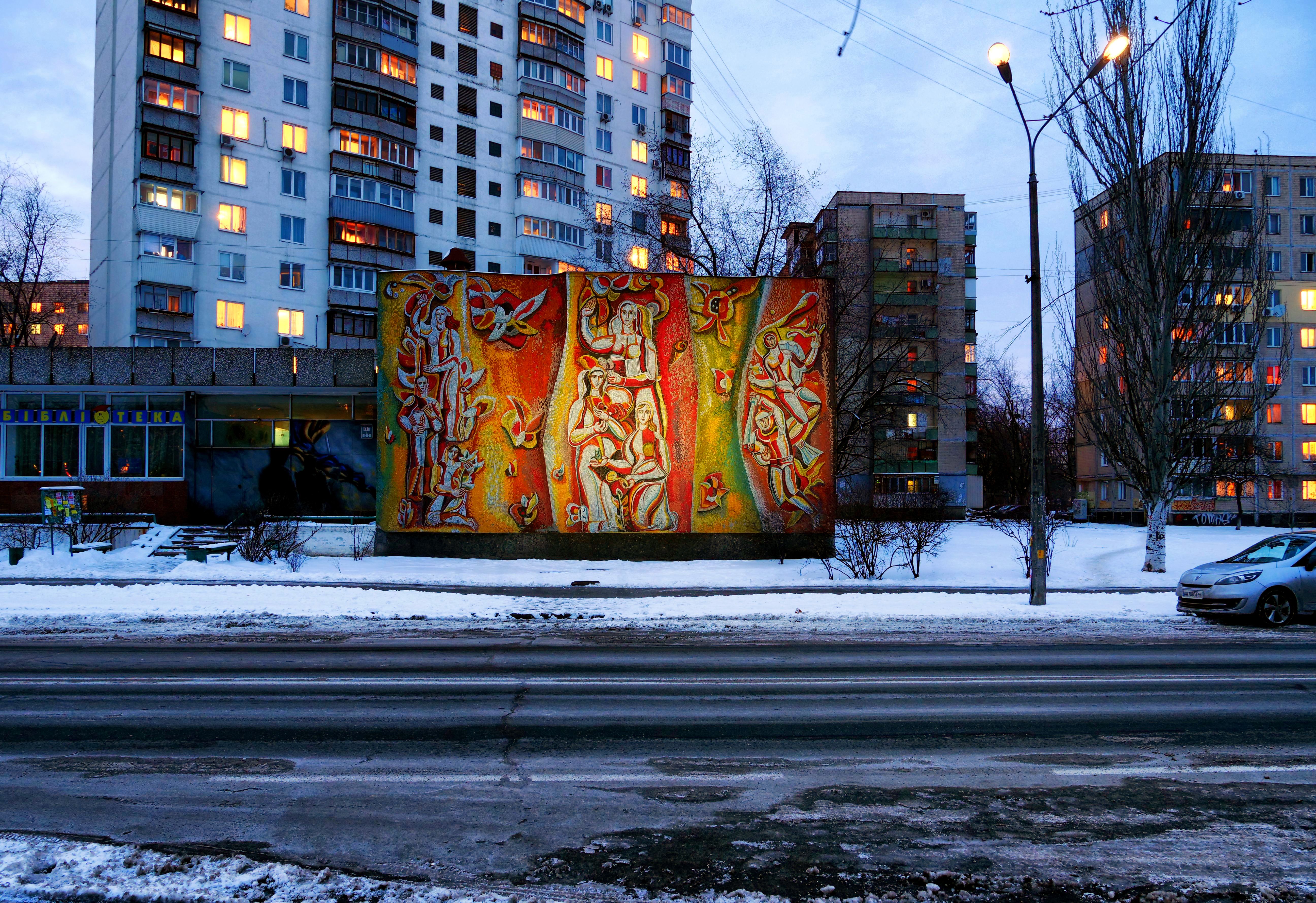
Throughout the former Soviet Union, almost unlimited public money was spent on mosaics to try and liven up the gray, boxy suburbs of the communist world, like this 1975 work, titled Environmental Protection, in Kyiv’s eastern suburbs.
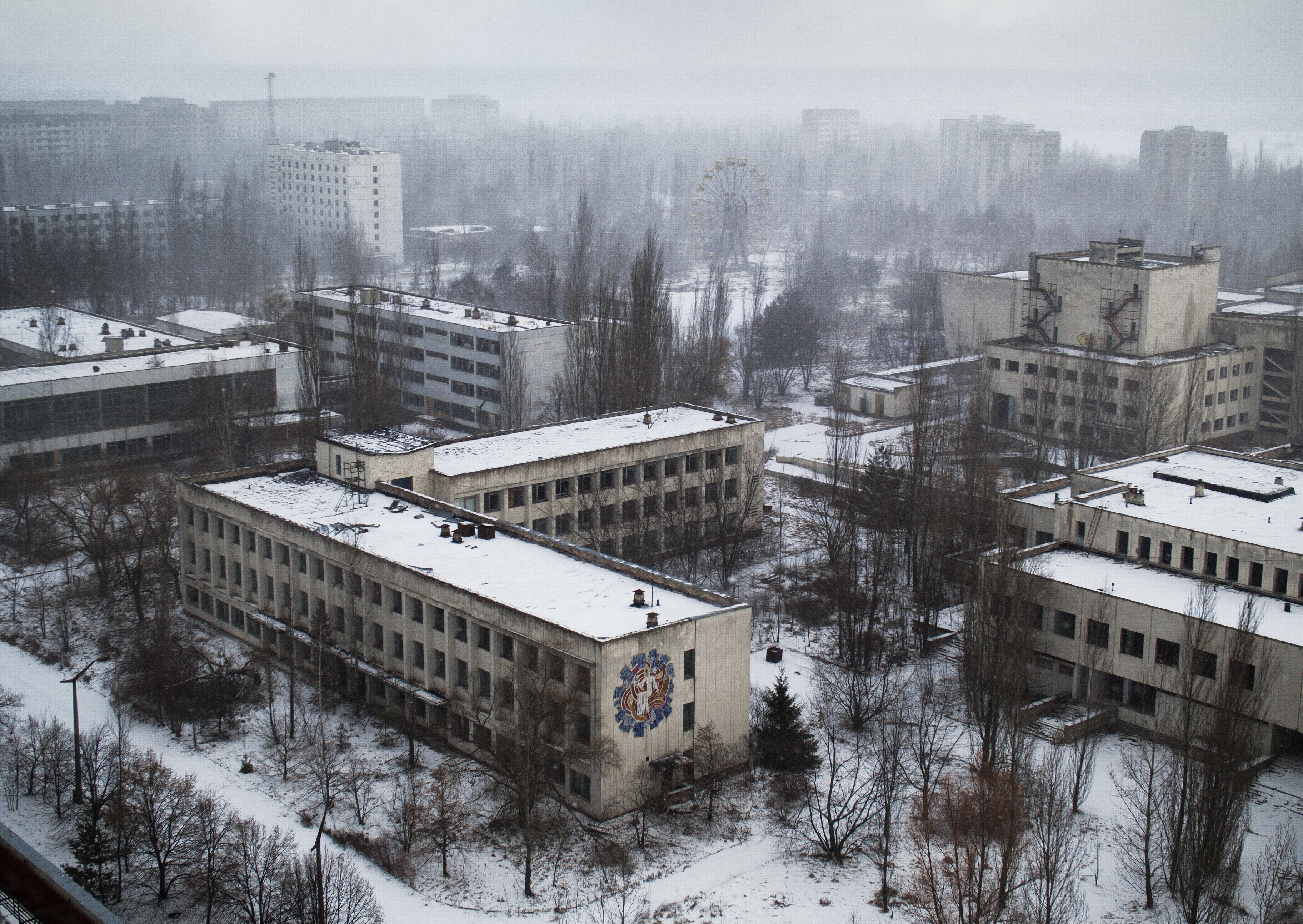
Mosaics became Soviet officials' public art of choice after 1918, when leader Vladimir Lenin realized the giant public paintings he had originally envisioned to decorate his "utopian" cities would fade away in the brutal winters of the U.S.S.R. Here a Soviet-era mosaic rests on a post office in the abandoned town of Pripyat, near Chernobyl.
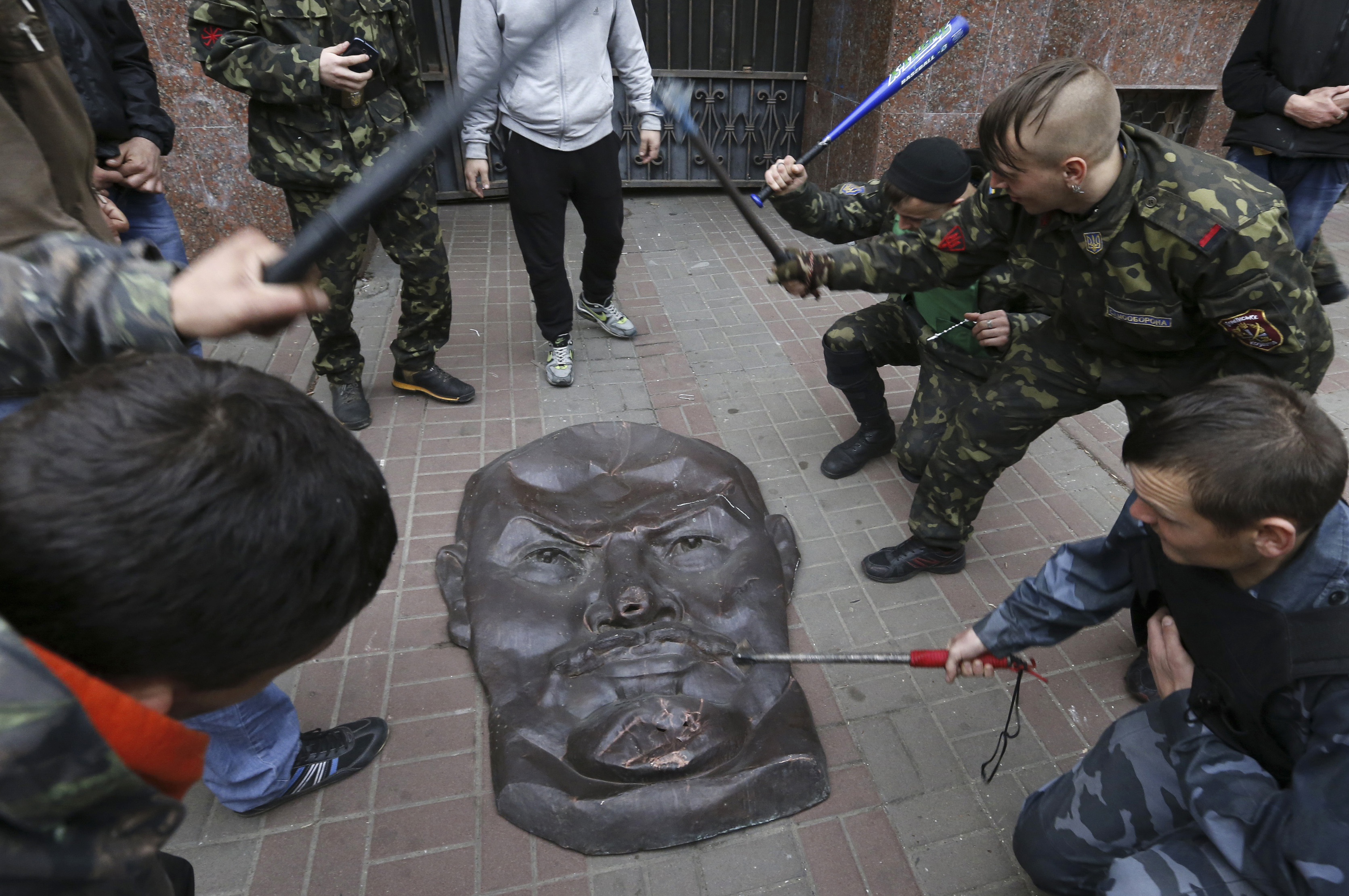
Following Russia’s 2014 annexation of Ukraine's Crimean Peninsula and the subsequent violence in the Donbas, most of Ukraine’s overtly communist murals were removed during the “decommunization” process that began as a spontaneous street movement that was signed into law in 2015. (Reuters photo)
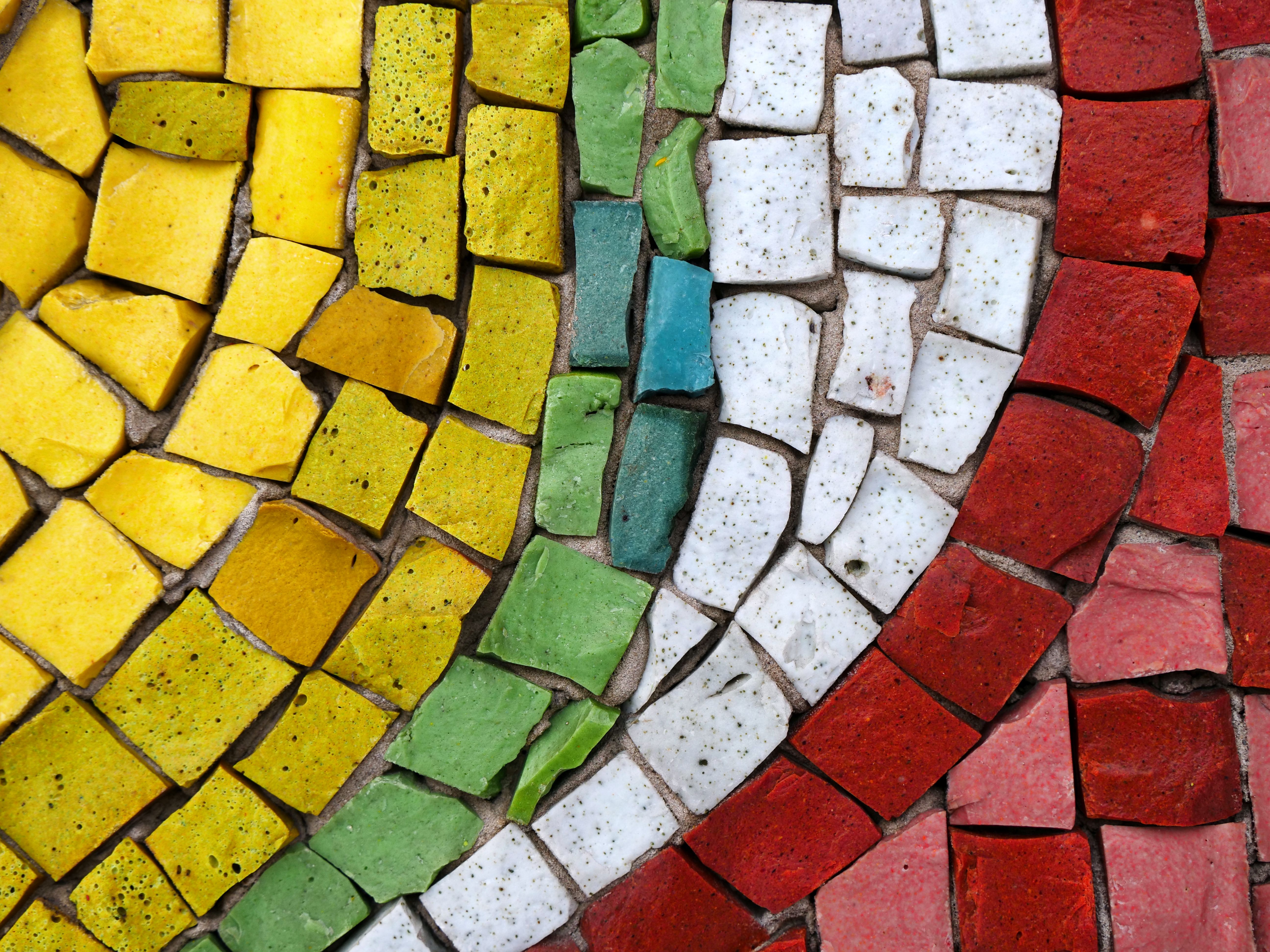
Most of Ukraine’s mosaics are made from pieces of opaque colored glass, called smalto, that hold their vibrance through any weather. The smalto for the mosaics that dot cities across the former Soviet Union was produced in eastern Ukraine.
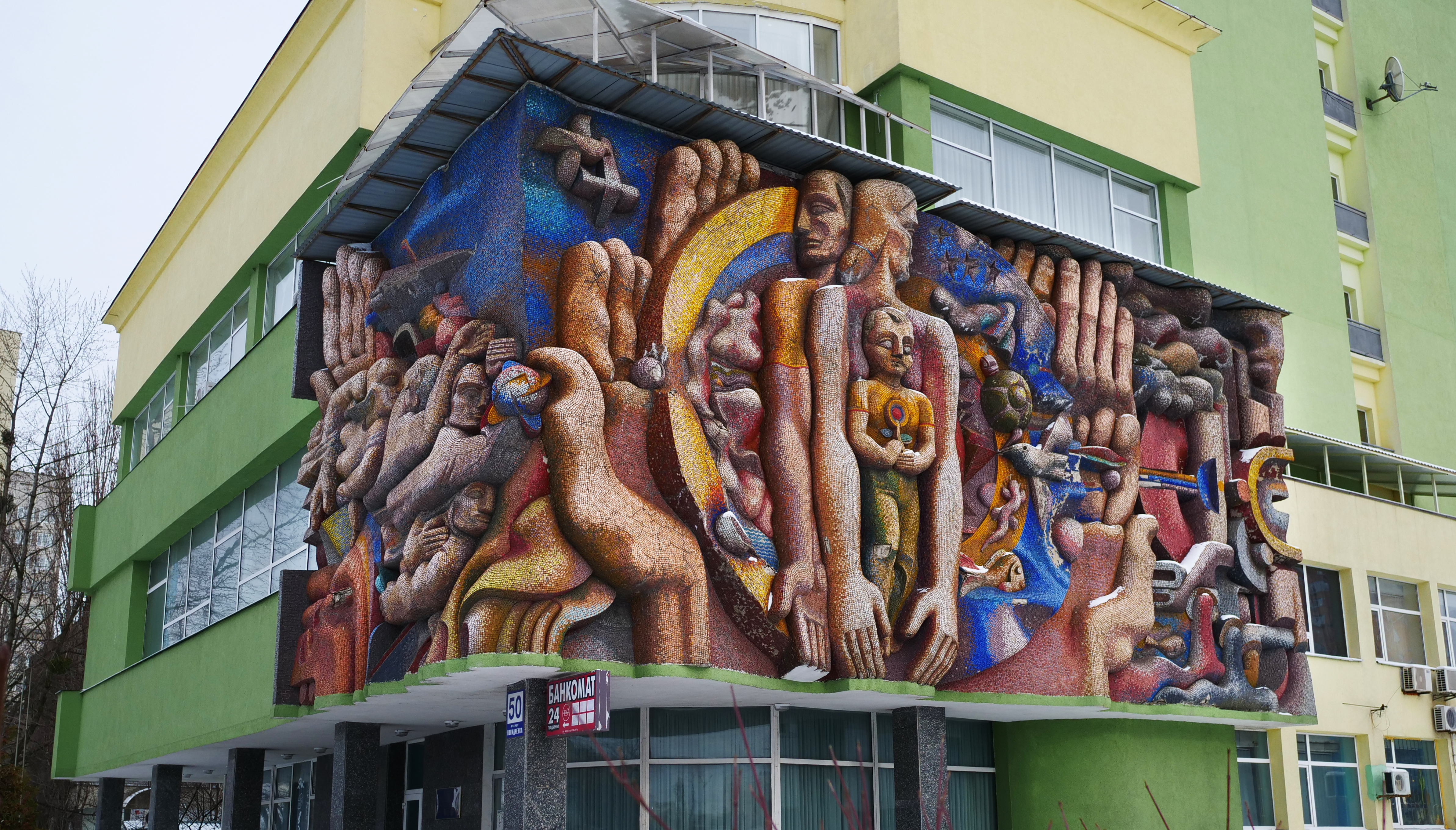
A mosaic relief in eastern Kyiv.
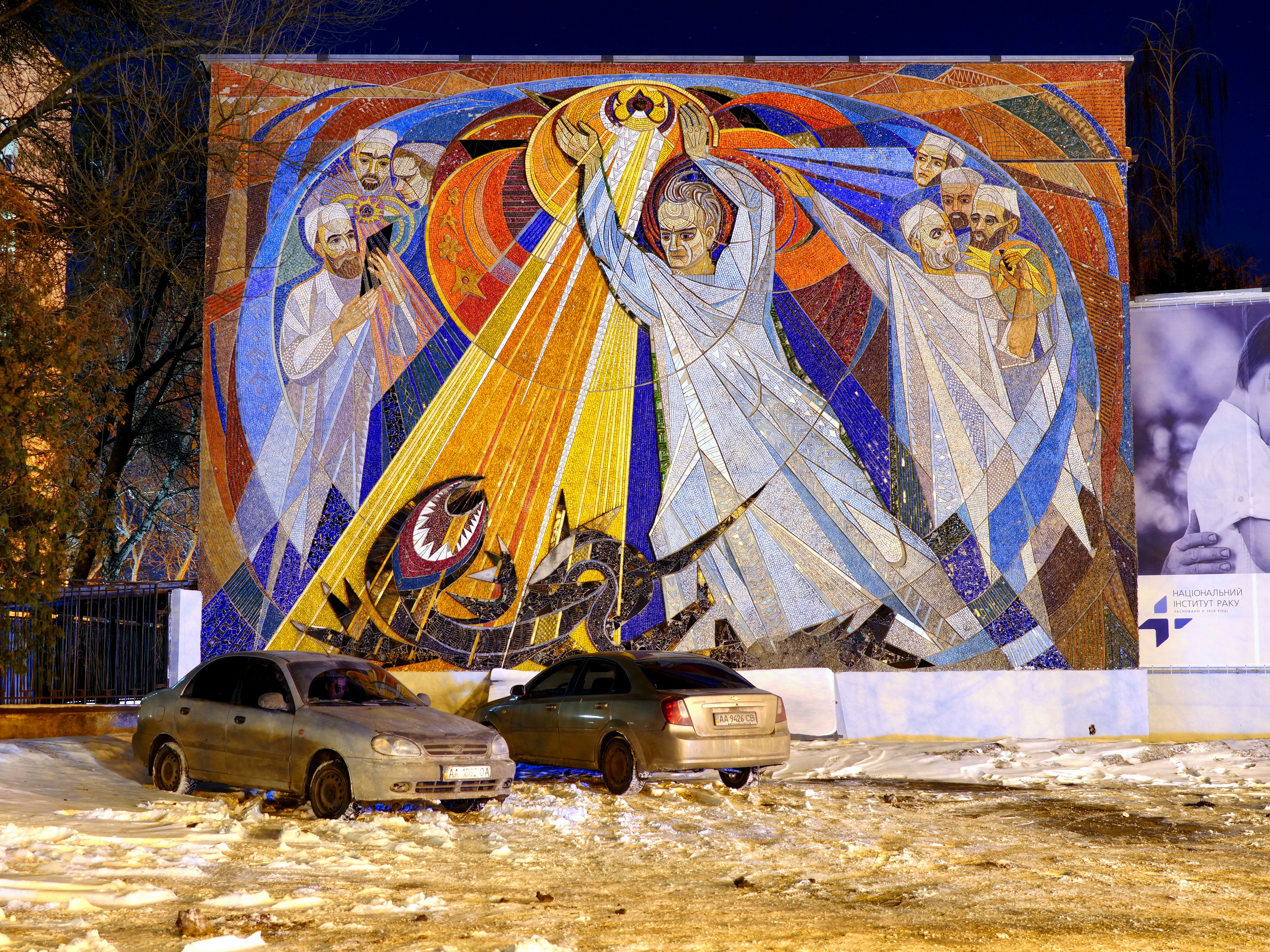
The Soviet-era mosaics that remain, like this 1970 one outside Kyiv’s National Cancer Institute, face an uncertain future with many such murals disappearing and little popular support for their protection.
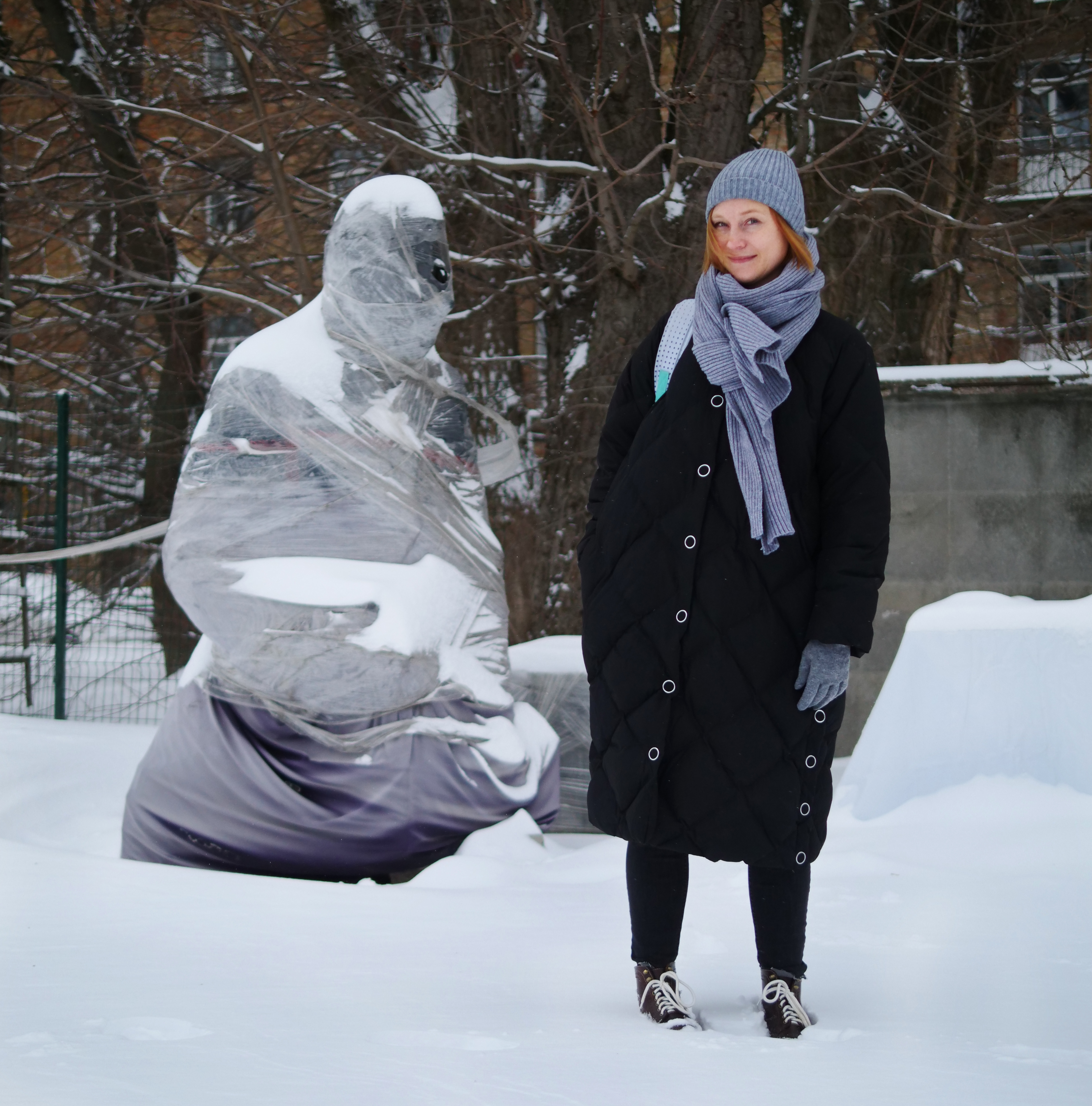
But an initiative to preserve, or at least document, the murals is gaining traction. Kateryna Filyuk, is one of the curators of Izolyatsia (Isolation), a “platform for cultural initiatives” in Ukraine.
In August 2017, Izolyatsia issued a call to "help us save Ukrainian mosaics." The appeal created a small but active community of contributors from around Ukraine who are locating and photographing Soviet murals.

A mural over the entrace to a school in Kyiv. “The problem is [the Soviet Union is] gone but we have this heritage, and who’s going to take care of it? Despite [the murals'] ideological meaning there's a heritage that we have to take care of and maintain,” Filyuk told RFE/RL.
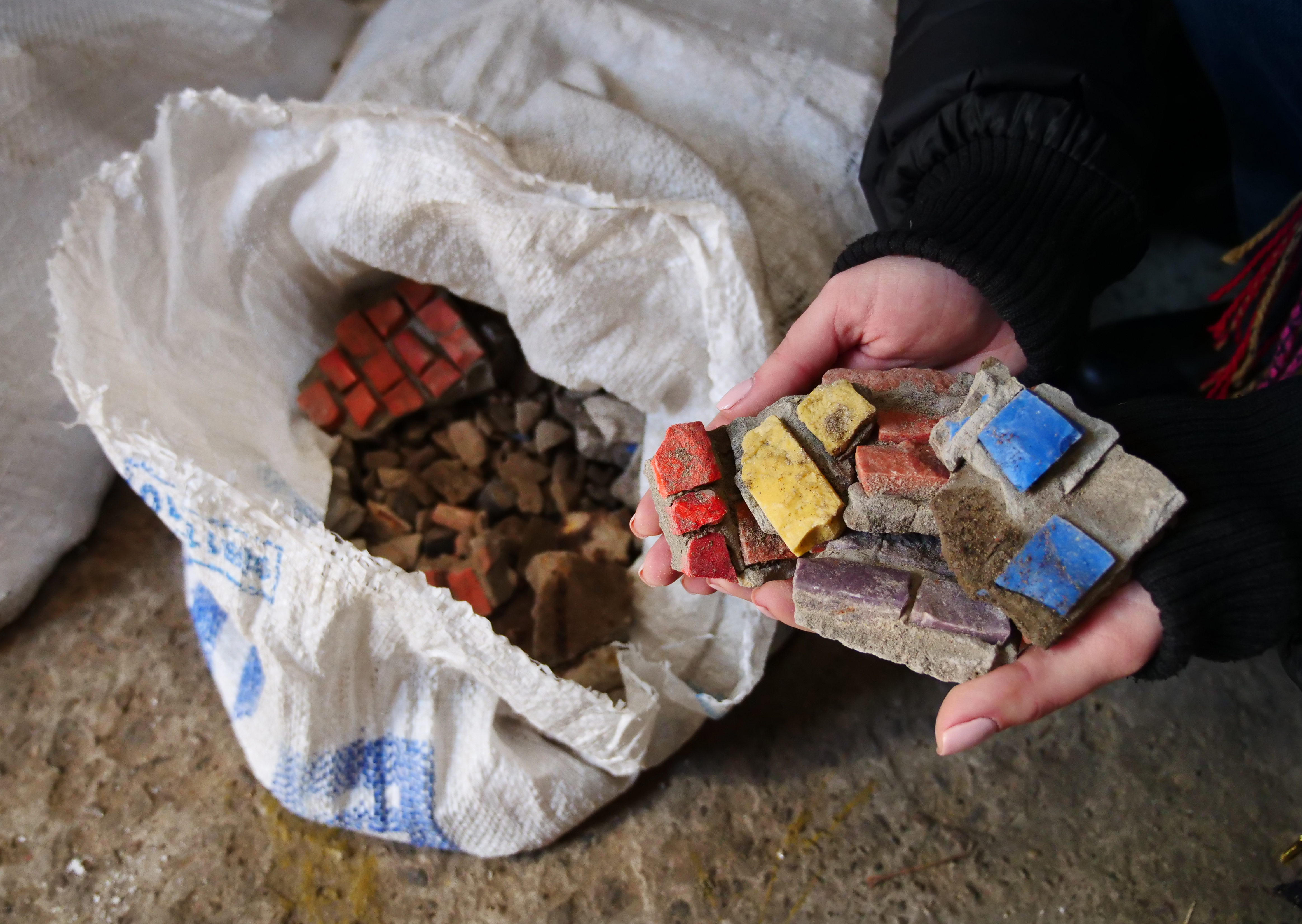
But many Ukrainians disagree, and some property owners have taken it upon themselves to demolish murals tainted by their Soviet origin. Or, in some cases, the unpopular art has been destroyed through simple expedience. These fragments of a mosaic were scraped off the wall of a school during a renovation and are now held in storage by Izolyatsia members.
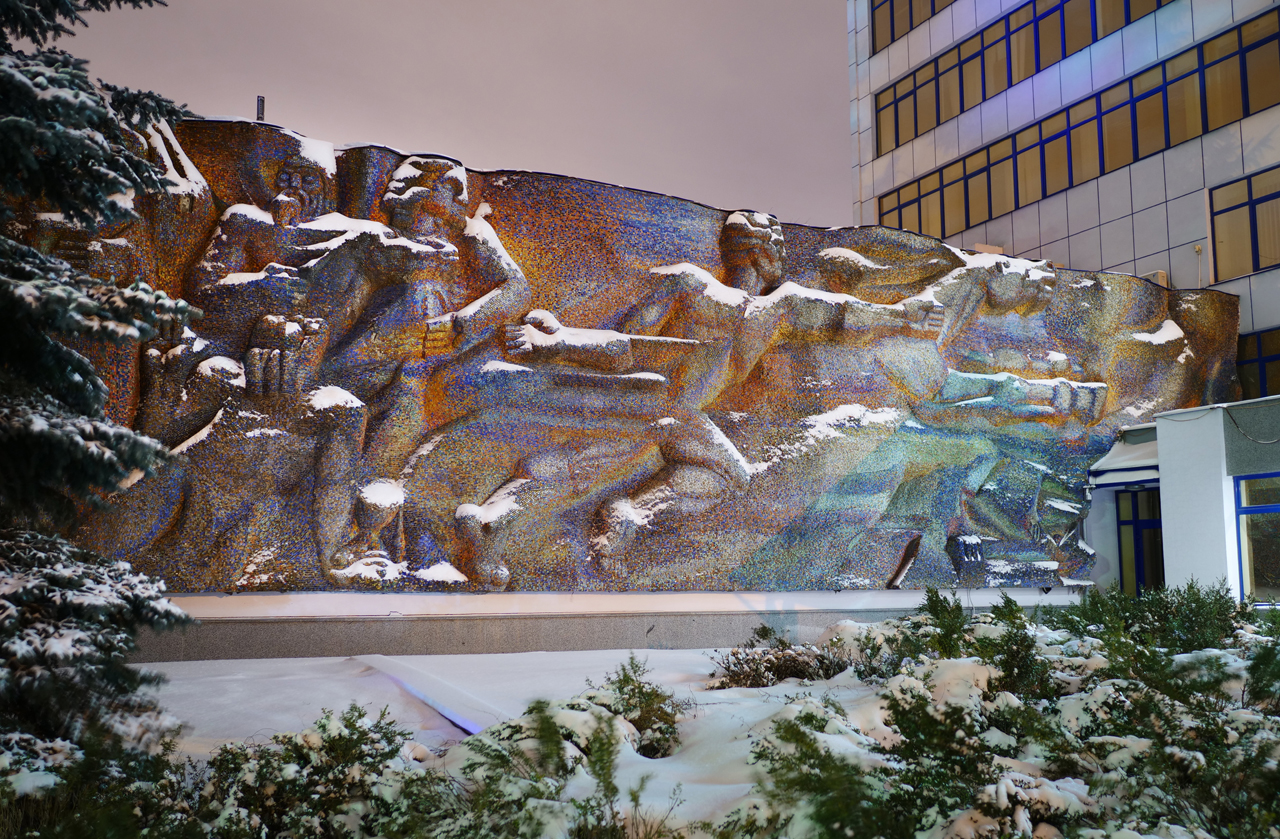
A snow-dusted mosaic decorating a Kyiv jewelry factory.
Lubava Illyenko, one of the founders of the initiative to preserve Soviet-era mosaics, says the group was among the first to look into the origins and authorship of Ukraine’s Soviet mosaics.
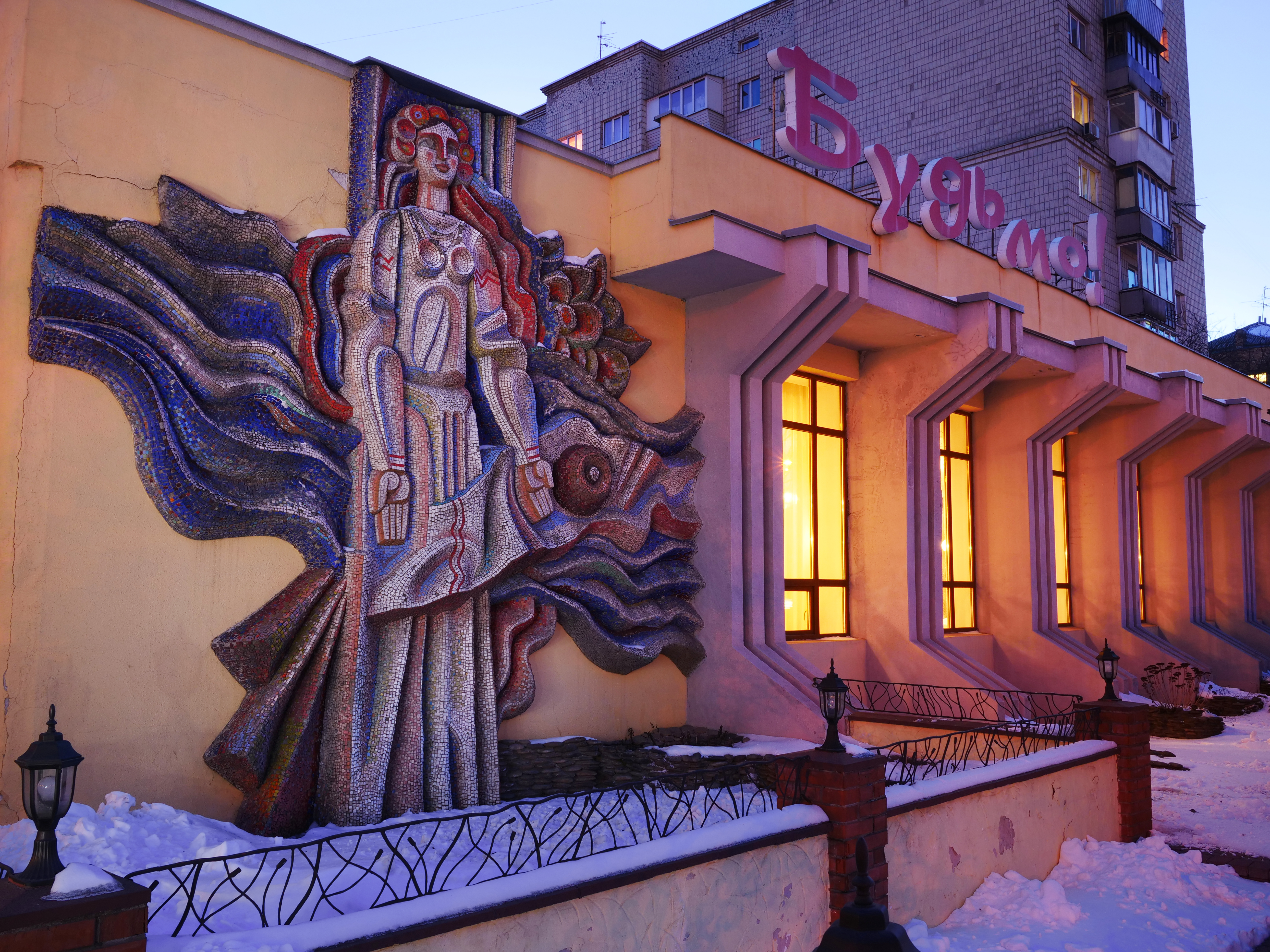
The facade of Budmo, a restaurant in southern Kyiv.
Illyenko says she has plans to eventually launch an app that people can use to locate Ukraine’s remaining mosaics, and Izolyatsia hopes one day to be able to remove threatened mosaics and mount them on mobile panels -- though one curator of the program admits that may be a pipe dream.
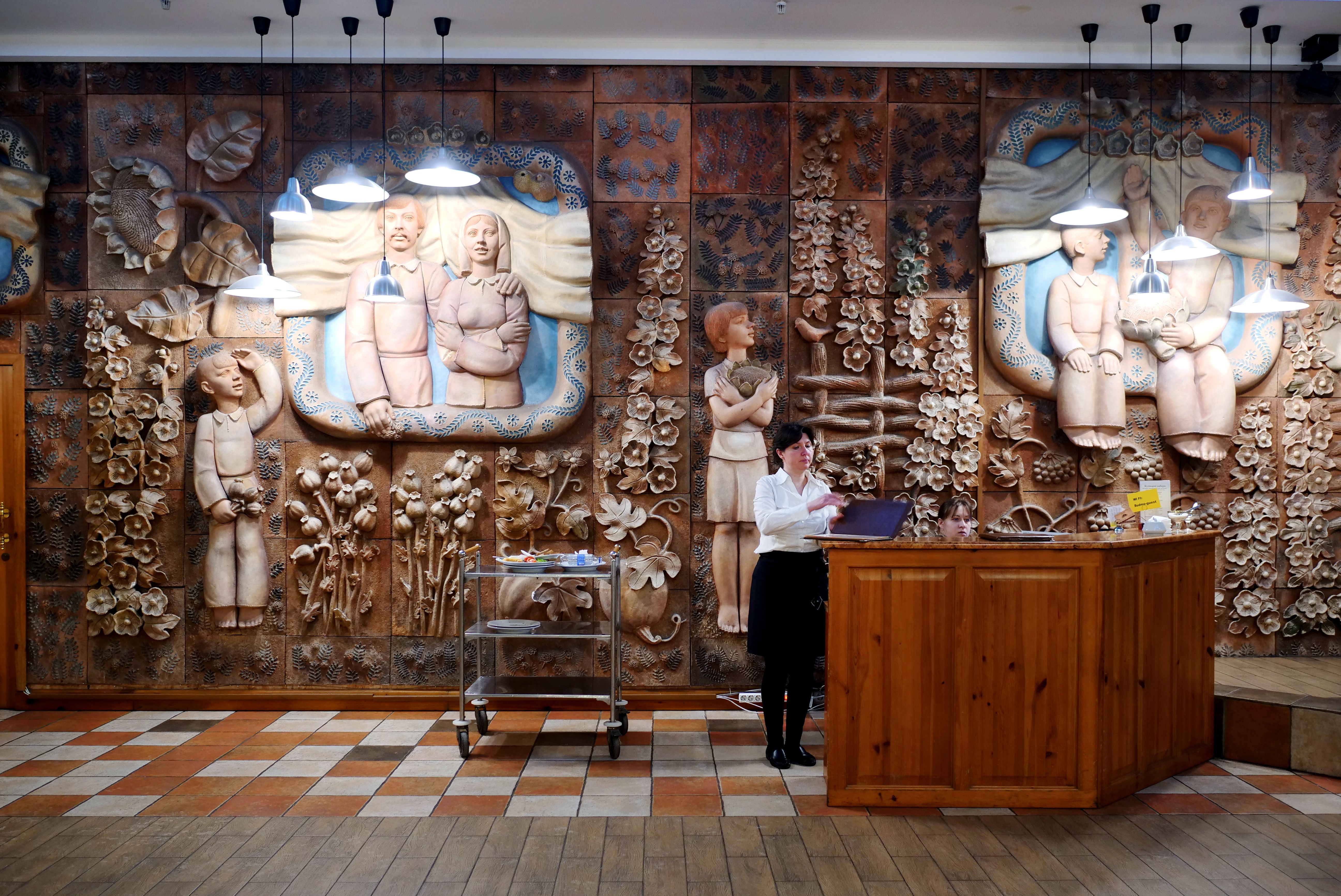
A relief inside the Budmo restaurant depicting Ukrainian village life.
Illyenko has applied for several grants for her work, but as the war with Russia-backed separatists grinds on, she says “it’s horribly difficult to finance anything to do with Soviet art.”
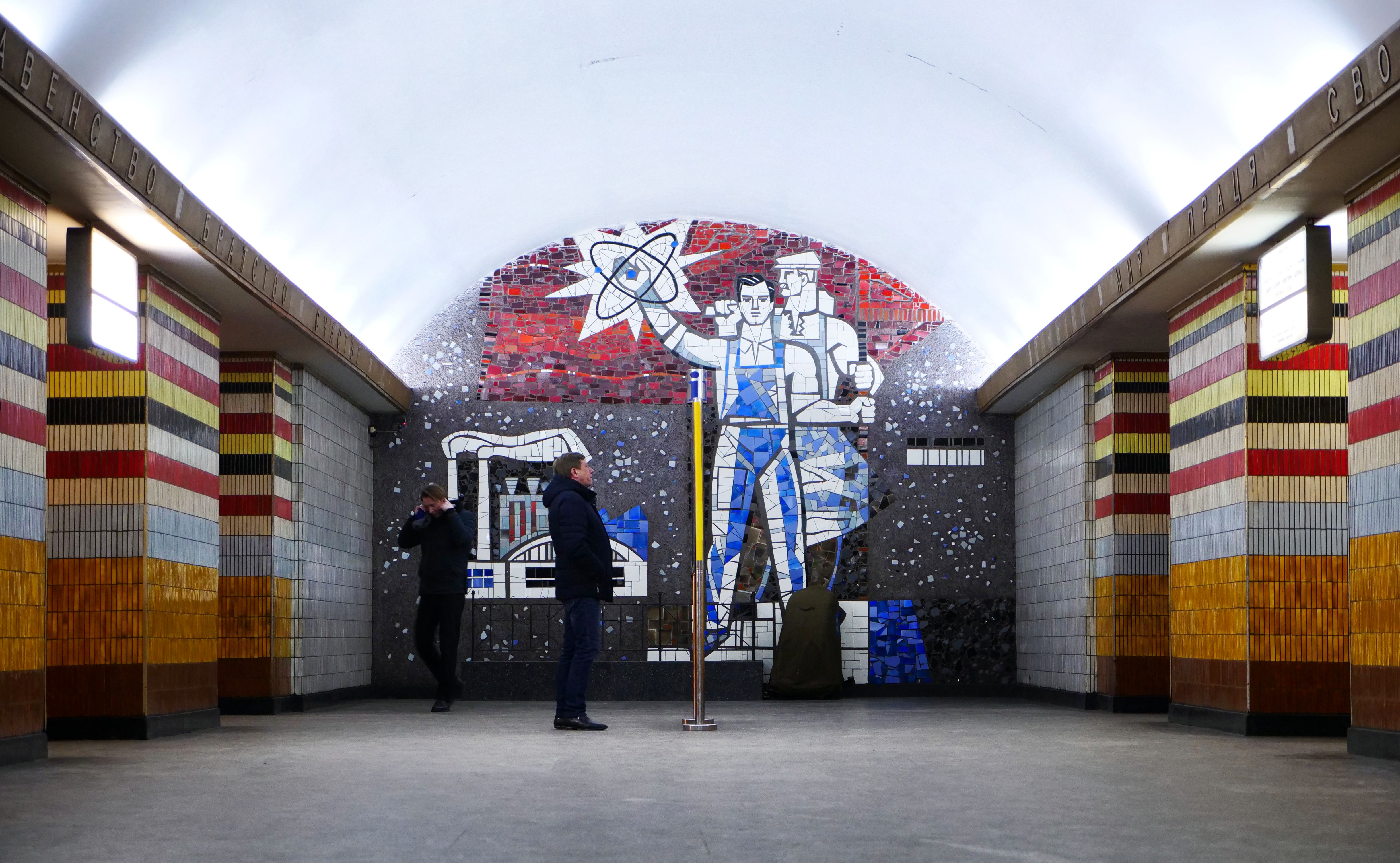
A mosaic inside the Kyiv metro.

A relief inside the Kyiv metro that was, until recently, hidden behind a metal fence. The mural has had its hammer (in the Soviet hammer-and-sickle motif) removed and is now back on display (behind scaffolding).
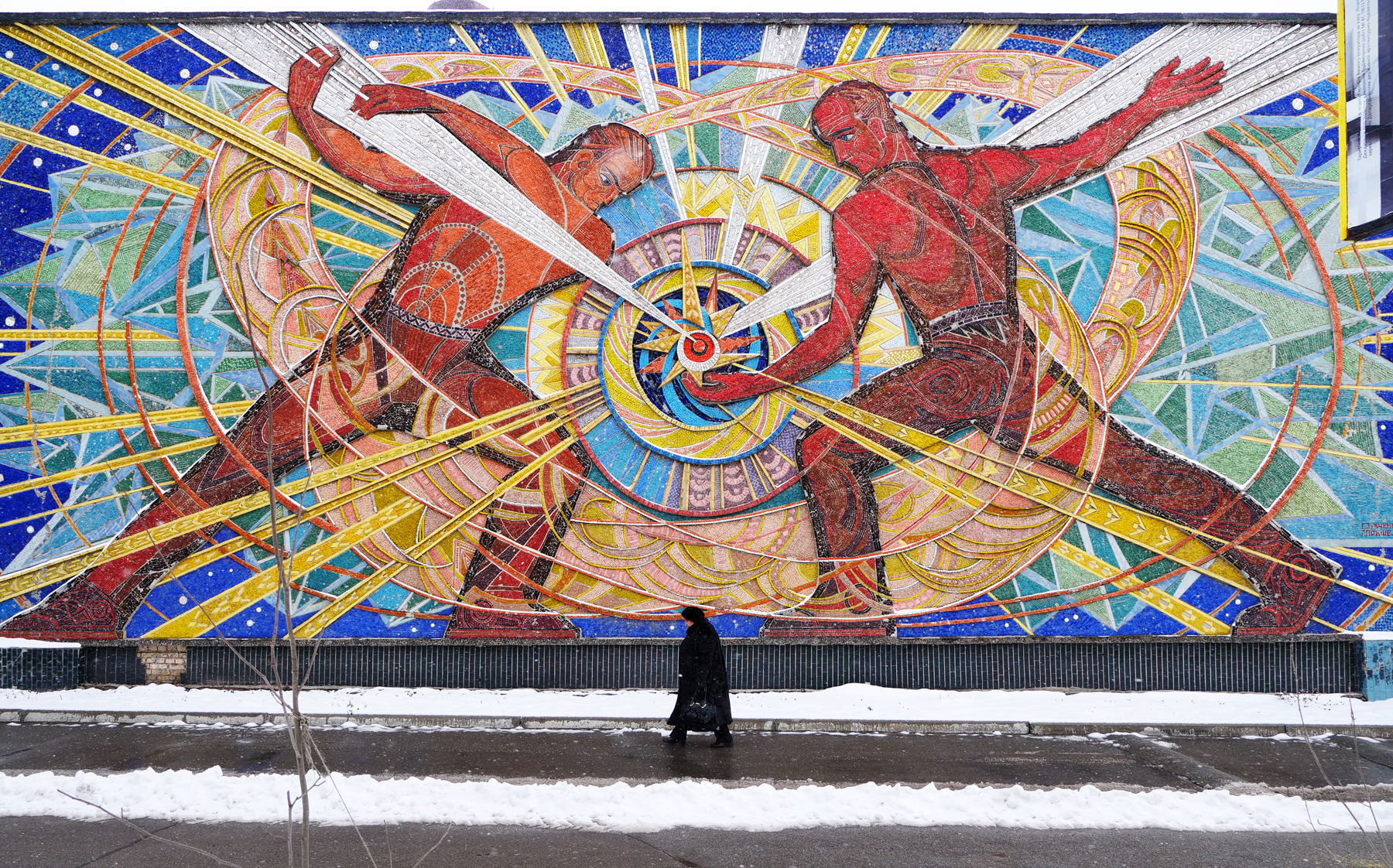
The mosaic, Blacksmiths Of The Present, at the entrance to a nuclear research center in Kyiv.
When asked how she felt while standing in front of a Soviet mosaic, Illyenko told RFE/RL “I feel only sadness because this art is so, so hard to preserve.”